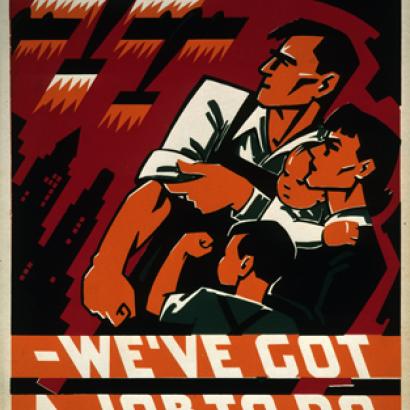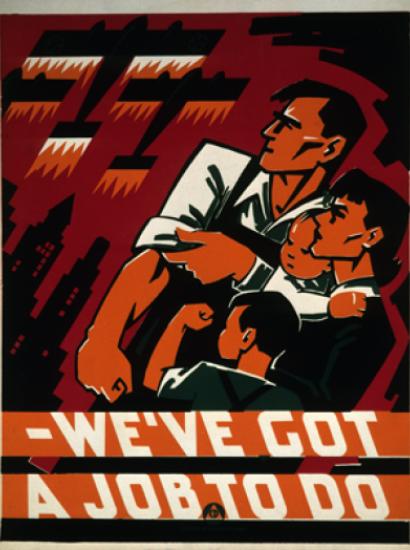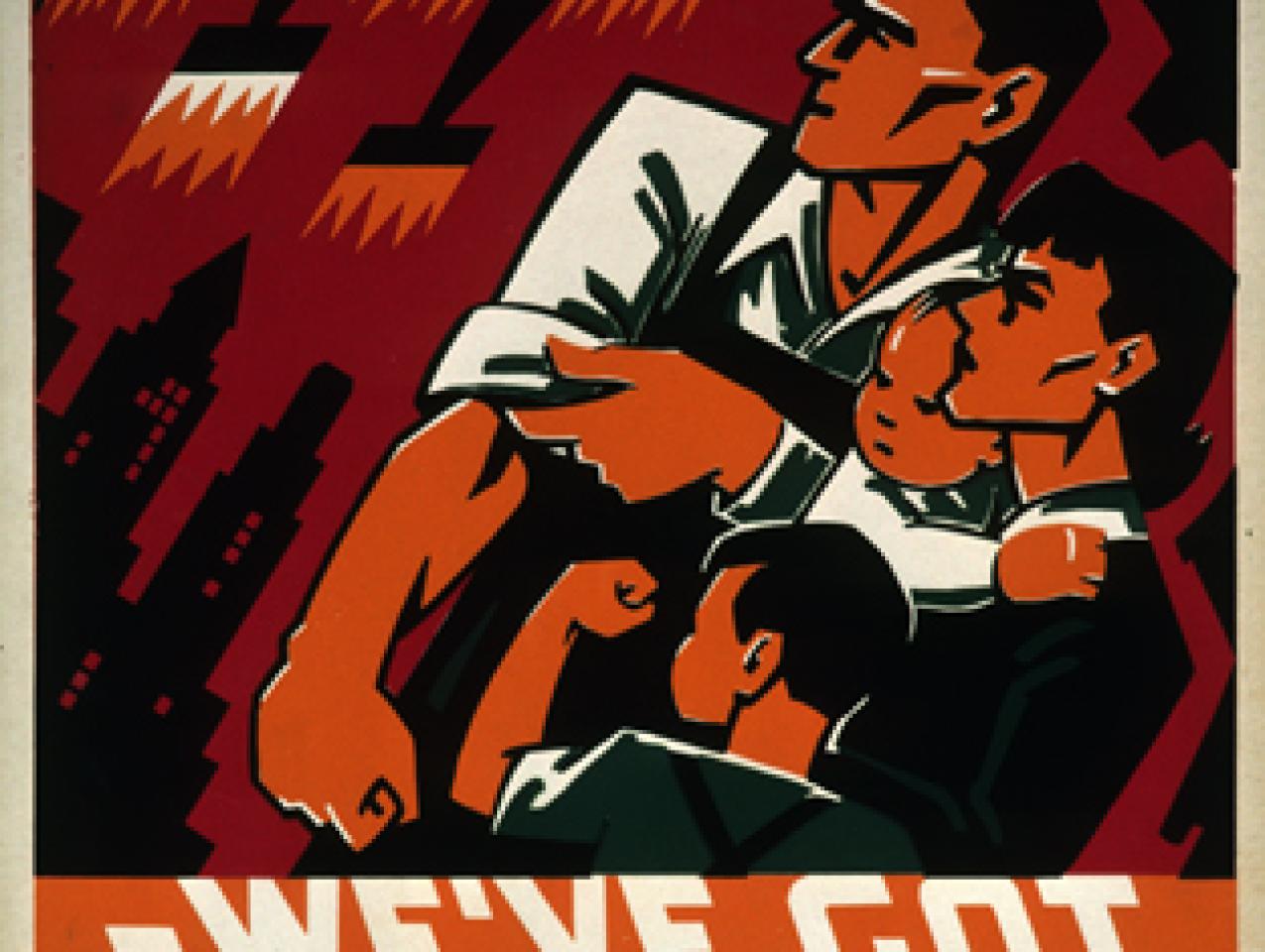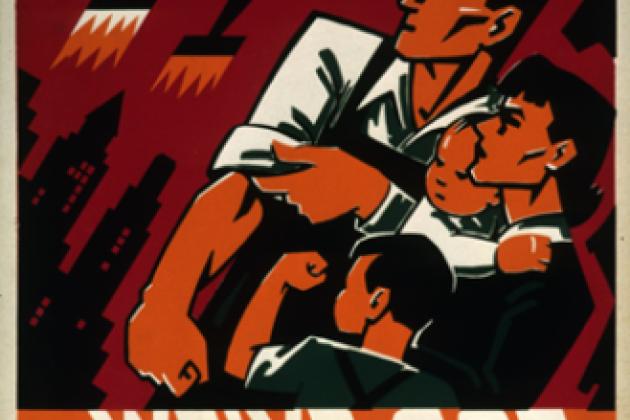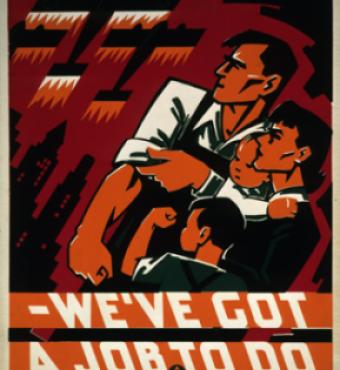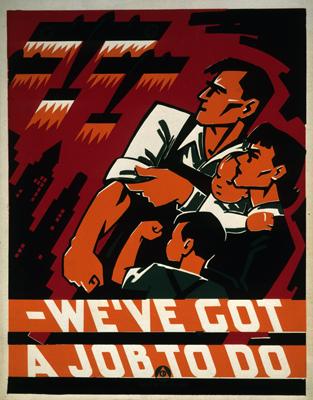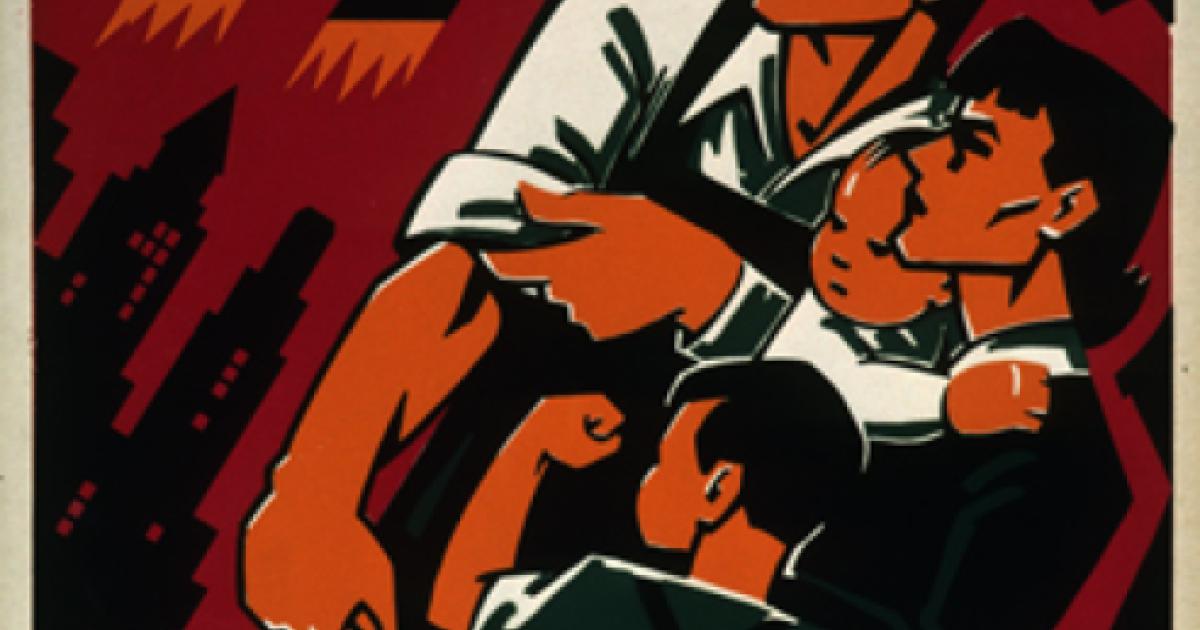- History
- Military
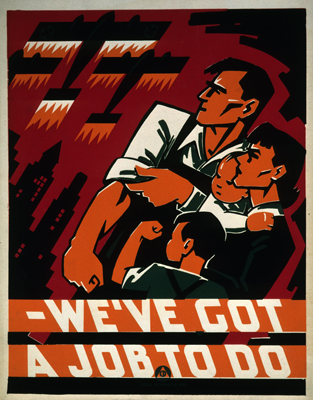
This past week, we heard from multiple service chiefs that key components of our military, particularly our land forces, may not be ready for a “big war” of the sort we’d face with China or Russia—or for a combination-play conflict against two second-tier foes, such as Iran and North Korea.
The generals were right. But not about the most basic reason why we’re not prepared. Congressional testimony stressed deficient numbers and aging equipment. Those factors certainly matter. The greater problem, though, is that today’s officers (and our countrymen) are not mentally prepared for high-intensity conflict, with its devastating casualties and traumatic destruction. We lack the mindset, the grit, and the psychological resilience, along with the tactical and operational repertoire, to win.
From Somalia to Syria, we’ve focused on constabulary and training missions for a quarter-century. Such operations can be ugly and even deadly, but, overall, they constrain the aggression essential on a serious battlefield. Constabulary operations—patrolling the back-country or worrying our way along an IED-bothered road—focuses us on caution and casualty avoidance. We now have two generations of officers conditioned to fear not only friendly losses, but any civilian deaths or collateral damage. We’re no longer geared to win, just to avoid losing to a mediocre, if tenacious, enemy.
We’re not the first: History’s lessons are sobering. To take just a few, the French Army that went to war with Prussia and its German allies in 1870 had developed a superb repertoire of tactics for colonial warfare against less-well-equipped and poorly organized enemies. But the French were unprepared in virtually every respect—particularly high command—for the ruthless, casualty-be-damned Prussian infantry assaults, concentrated artillery, and swift maneuvers by entire field armies.
The British, too, after much trial and error, fielded effective constabulary forces, deploying both British and quite-good native troops. But brutal though brushfire wars could be, none of them pitted British-led regiments against a modern-thinking, tactically adept, and brilliantly led enemy such as the Boers. While the Afrikaaners with repeating rifles were hardly the enemy the British soon would face on the Western Front, they managed to humiliate the greatest colonial power in history until the empire brought overwhelming resources (if not first-rate generalship) to bear.
Our own pre-Civil War frontier Army served on remote posts where alcoholism, toothache, and venereal disease were greater threats than occasional renegade Indians. Nor did the too-easy Mexican War prepare officers for the carnage lurking around the historical corner. While many a junior officer with graying hair would rise to competence during the Civil War, the cost of their “on-the-job training” was paid in blood, and other officers failed to adapt from the outset. Set in their pre-bellum ways, more than a few West Point graduates proved less adaptable and creative than civilians thrust into uniform.
The problem today is the pace of significant conflicts. We won’t have time to learn on the job, should a big war come. Nor will we have time to build a vast military from scratch, or even to train new soldiers, given the greater complexity of today’s battlefield systems. The era of Sergeant York is gone forever.
Meanwhile, the public will be stunned by massive military (and perhaps civilian) casualties in a matter of days or weeks. Military officers will have to provide the psychological strength to see things through, to overcome the panic of a “First Bull Run” event (perhaps with nukes).
Any military conditioned to keep the peace as its first priority will not be prepared for the rigors, speed, and mass butchery of a post-modern “big war.”
It’s time to revive the perfect formulation of (then-) Major General Leonard Wood just over a century ago: “The purpose of an army is to fight.”







